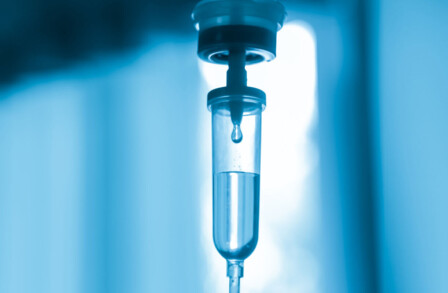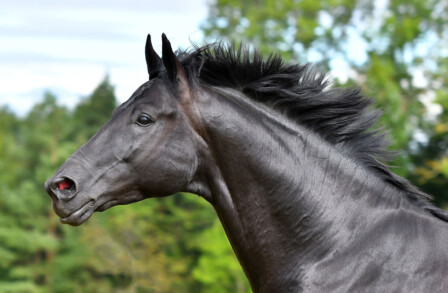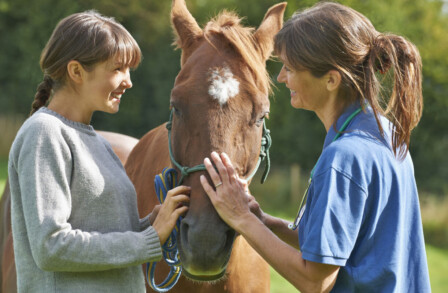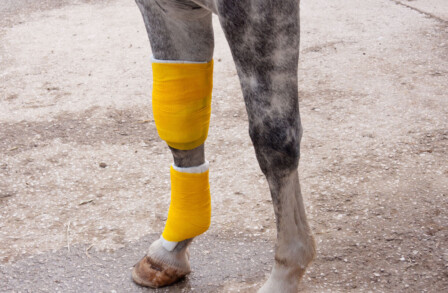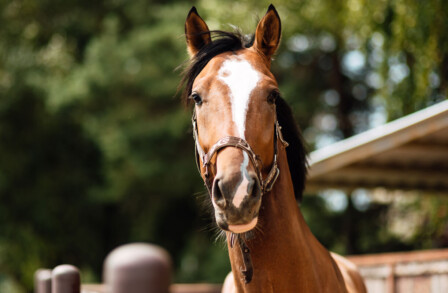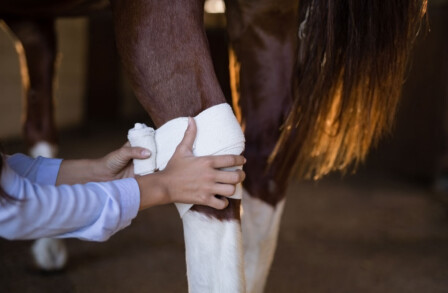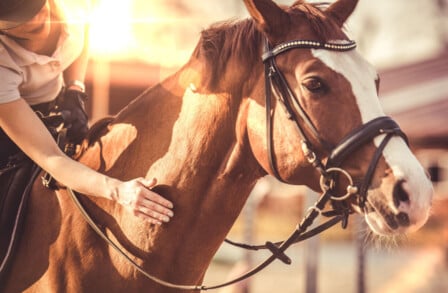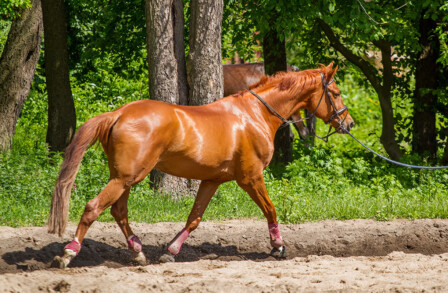Increase your knowledge with this eclectic collection of science-focused snippets, articles, video summaries and papers aimed at keeping you in the picture!
Scientific Snapshots
Hypotension is a frequent challenge in equine general anesthesia and is associated with a variety of post-anesthetic complications, including myopathy. Hypotension under general anesthesia often develops secondary to the effects of inhaled volatile anesthetic agents. Efforts at countering hypotension under anesthesia have focused on decreasing the amounts of inhaled anesthetics, administering IV fluids and using vasopressors or ionotropic medications. Hypotension can also be encountered in...
Equine cervical pain and dysfunction: Pathology, diagnosis and treatment
There is an increase in awareness of cervical pain and dysfunction in performance horses among professionals. Affected horses may exhibit a variety of symptoms ranging from obvious cervical pain and muscle tension to poor performance, forelimb lameness and behavioural issues. While improved imaging methods have led the way to better visualization of this region, clinical interpretation can be difficult. The spectrum of...
Client satisfaction in equine veterinary practice: A structured review and quantitative synthesis
As medical professionals, veterinarians often focus mainly on optimal patient outcomes, yet client satisfaction may rest on many facets of the veterinarian-client-patient interaction. Equine veterinarians interact with a broad range of clients who may have different levels of knowledge and different expectations for the professional dealing in animal health. Patients can range from backyard pets...
Effects of regional limb perfusion technique on concentrations of antibiotic achieved at the target site: A Meta-Analysis Veterinarians are often called upon to treat conditions such as cellulitis, joint infections and trauma-induced wounds of the distal limbs in horses. Intravenous regional limb perfusion allows veterinarians to achieve a high concentration of antibiotic within a targeted region of a limb with a lower dose of antibiotic than systemic administration, decreasing the cost and...
Hearing loss may affect a horse’s quality of life and its ability to interact with riders, trainers and other horses. Current known causes of auditory loss in the horse include: temporohyoid osteopathy, otitis, brainstem disease, trauma, congenital sensorineural deafness (American Paint horses) and old age. In foals, congenital sensorineural deafness, prematurity, sepsis, brainstem disease, trauma and otitis can cause auditory loss.
Gentamicin, an aminoglycoside antibiotic, is commonly used in...
Elective synovial endoscopy is most often performed to remove osteochondral fragments within joints but can also be used to diagnose and treat a variety of problems in joints and soft tissues. Perioperative protocols for the use of antibiotics in equine synovial endoscopy are highly variable, and may be affected by physician preference and previous training. As resistance to antibiotics continues to rise, it is wise to continue to evaluate the risks and benefits of these protocols.
The...
Does exercise improve speed of learning in horses? Does stress decrease speed of learning in horses?
In their role as sporting, leisure and performance animals, horses often require high levels of specific training. Due to their nature, horses can often be stressed by exposure to novel objects or experiences. For young or inexperienced horses, training is often combined with exposure to stress such as movement to a show or training facility.
While studies on equine learning and stress have taken place, there are few that have studied the effects of exercise on learning in horses. Exercise has...
Does asymmetry, as measured by inertial measurement unit sensor system, decrease when horses are treated with oral anti-inflammatory medication? Lameness detection and treatment are cornerstones of equine practice. Previous studies in quantitative gait analysis have shown similar levels of asymmetry in horses perceived as free of lameness by their owners, as well as those exhibiting mild lameness. The prevalence of this type of asymmetry is high, with some studies showing between 47% and 73%...


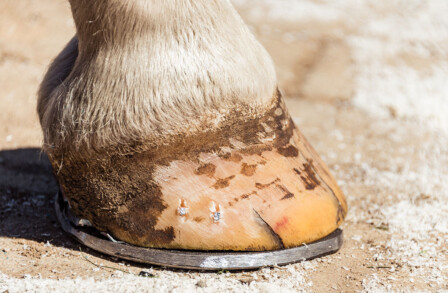
 4:30 min
4:30 min
